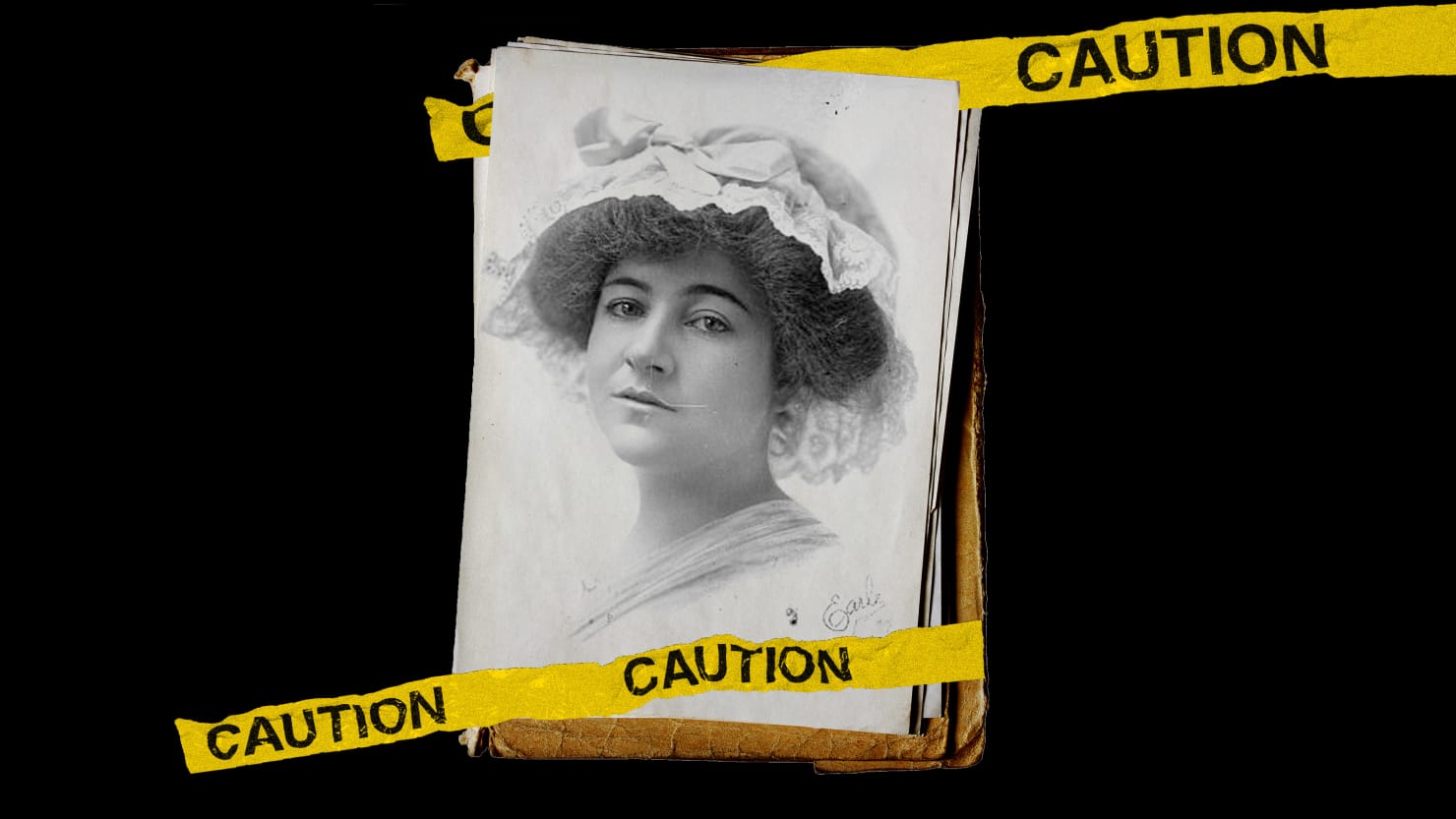thebignoisefestival.com – Gangs have evolved significantly over the years, transitioning from localized entities to transnational threats. This transformation has been marked by changes in their organizational structures, operational models, and the nature of their activities. This article explores the evolution of gangs, focusing on their shift from local to transnational threats, based on recent studies and analyses.
Local Gangs to Organized Entities
Evolution of Local Gangs
Local gangs, once considered loosely organized groups involved in petty crimes, have evolved into more structured and profit-oriented entities. A study found that these gangs have become more organized and focused on profit than a decade earlier, indicating a shift towards a more sophisticated operating model. This evolution has been driven by the need for increased efficiency and profitability in criminal activities.
Impact of Organizational Changes
The new operating model of local gangs has led to a significant change in their activities. These gangs have moved away from visible crimes and towards more sophisticated and profitable criminal activities. This shift has made them more challenging to combat, as their operations are less likely to attract attention from law enforcement.
Transnational Expansion
Expansion into Transnational Operations
The evolution of local gangs into transnational threats has been facilitated by advancements in technology and changes in global economic conditions. Gangs have taken advantage of these changes to expand their operations beyond local boundaries, engaging in activities that span multiple countries.
Challenges in Combating Transnational Gangs
The transnational nature of these gangs presents unique challenges for law enforcement agencies. The coordination required to address crimes that span multiple jurisdictions can be complex and time-consuming. Additionally, the involvement of gangs in international drug trafficking and other cross-border crimes has increased the complexity of law enforcement efforts.
Recommendations for Addressing Transnational Gang Threats
Enhancing International Cooperation
To effectively combat transnational gangs, there is a need for enhanced international cooperation among law enforcement agencies. This cooperation is essential for sharing intelligence, coordinating operations, and ensuring that legal frameworks are aligned to facilitate cross-border investigations.
Addressing Gang Enhancement Crimes
The misconduct of police and prosecutors in gang-related cases has been identified as a significant challenge. Addressing these issues is crucial for building trust within communities and ensuring that law enforcement efforts are effective and fair.
Conclusion
The evolution of gangs from local entities to transnational threats has been a significant shift that has implications for law enforcement and criminal justice systems worldwide. Understanding this evolution and addressing the challenges it presents is crucial for effectively combating gang-related crimes. Enhanced international cooperation and addressing issues such as gang enhancement crimes are key steps in this effort.


